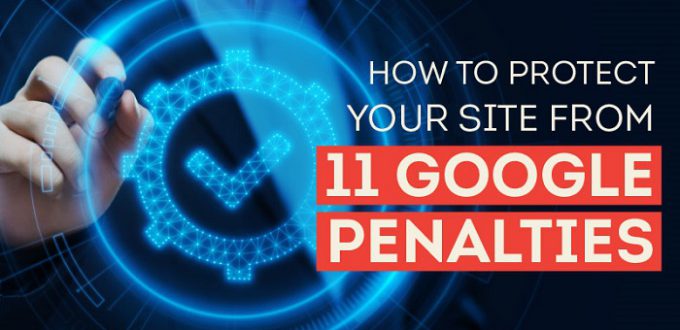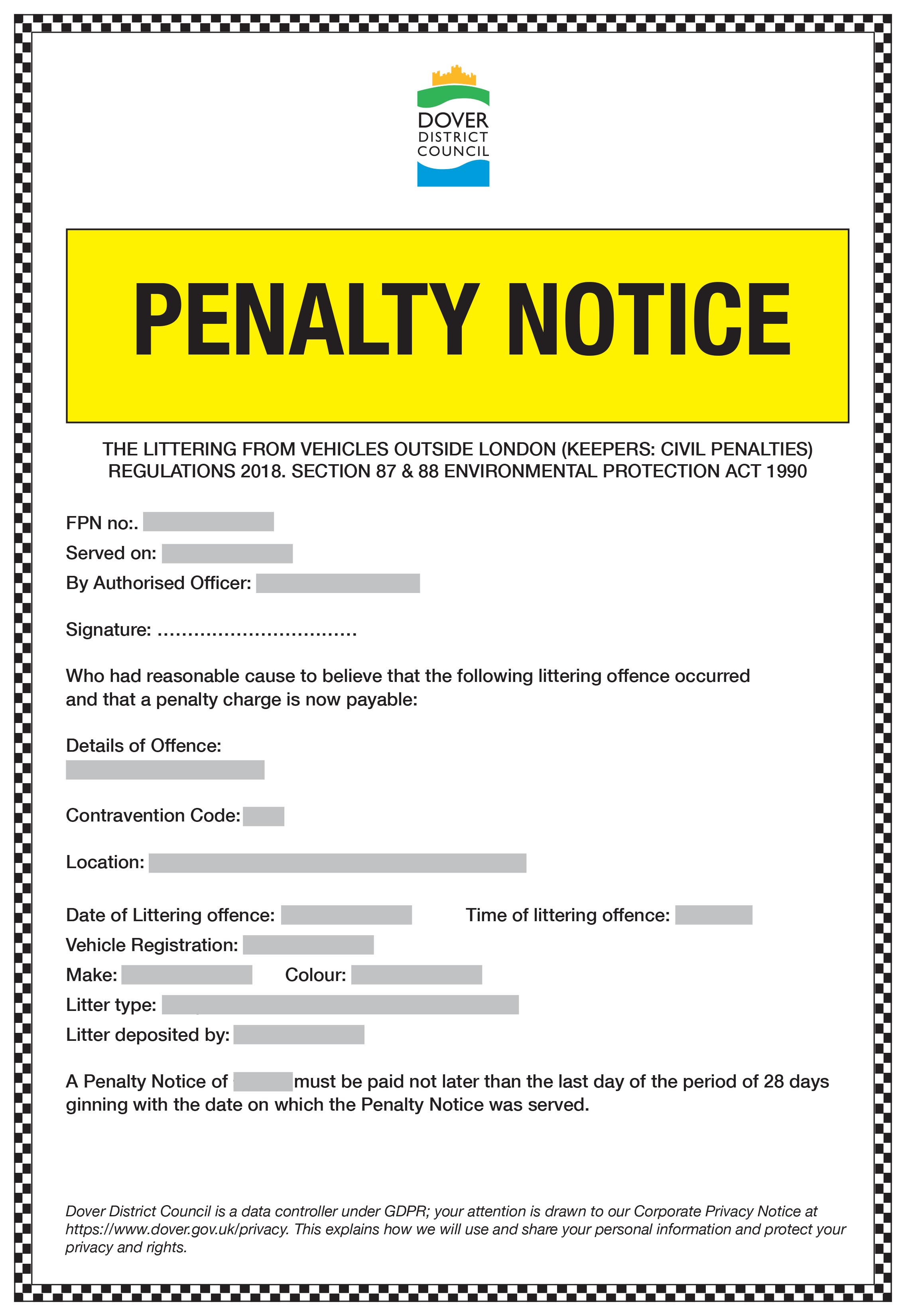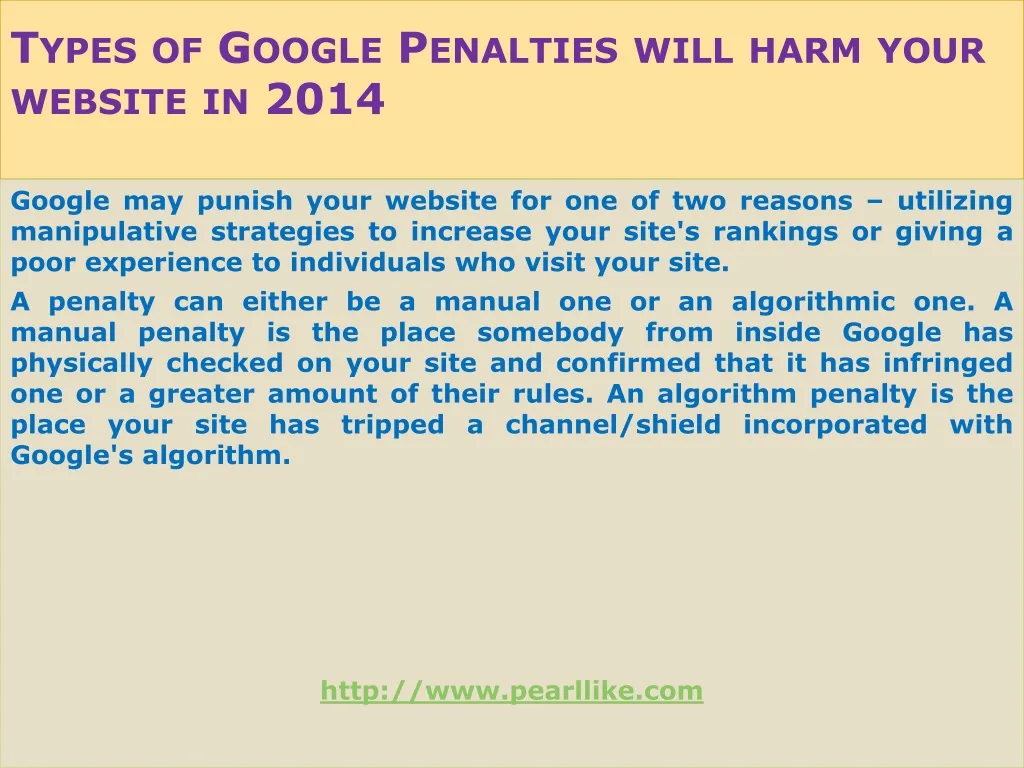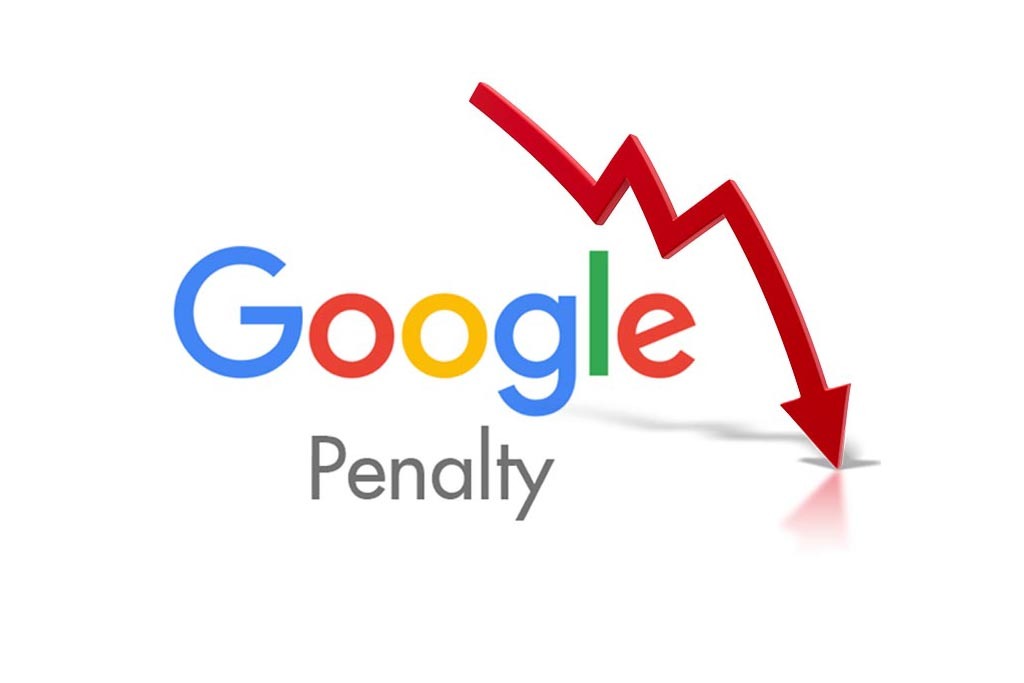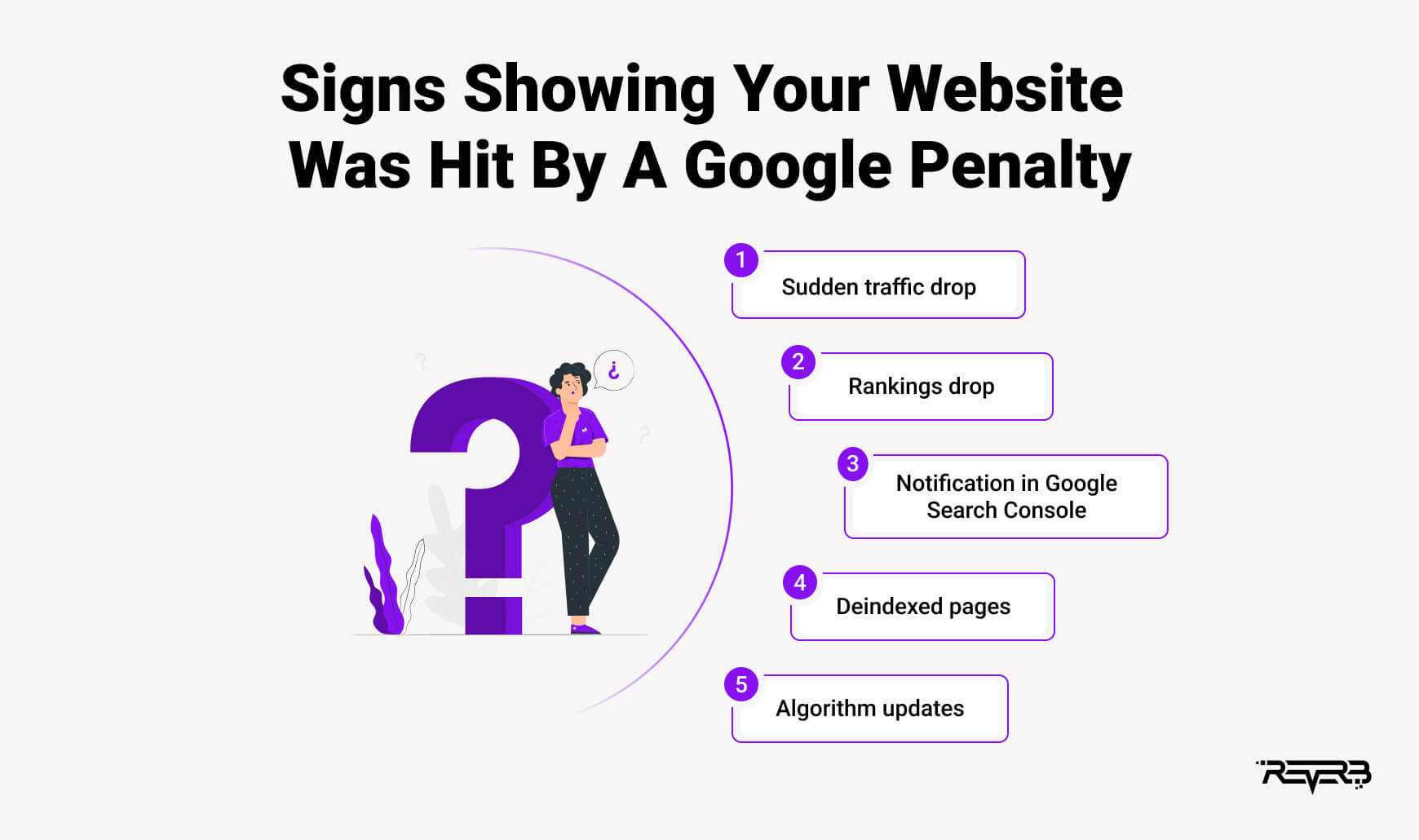Understanding Google Penalties: What You Need to Know
Google penalties can have a devastating impact on a website’s online presence, causing a significant drop in search engine rankings and lost traffic. To mitigate this risk, it’s essential to understand the different types of Google penalties and how to identify them. There are two primary types of Google penalties: manual actions and algorithmic penalties. Manual actions are penalties imposed by Google’s human reviewers, typically for violating Google’s Webmaster Guidelines. Algorithmic penalties, on the other hand, are penalties triggered by Google’s algorithms, such as Panda or Penguin.
Receiving a Google penalty can have severe consequences, including reduced search engine rankings, lost traffic, and decreased revenue. To avoid these consequences, it’s crucial to regularly check your website for Google penalties. By monitoring your website’s performance and addressing potential issues promptly, you can minimize the risk of receiving a penalty and maintain a strong online presence.
Google penalties can be triggered by various factors, including low-quality content, keyword stuffing, and poor mobile usability. To avoid these triggers, it’s essential to focus on creating high-quality, user-friendly content that provides value to your audience. Regularly auditing your website and addressing potential issues can also help prevent penalties and ensure a strong online presence.
By understanding the different types of Google penalties and how to identify them, you can take proactive steps to prevent penalties and maintain a strong online presence. Regularly checking your website for Google penalties and addressing potential issues promptly can help minimize the risk of receiving a penalty and ensure a strong online presence.
Identifying the Warning Signs: How to Check if Your Website is Penalized
Identifying the warning signs of a Google penalty is crucial to taking prompt action and minimizing the damage. If you suspect that your website has been penalized, it’s essential to check for common symptoms, such as sudden drops in traffic, decreased search engine rankings, and unusual crawl errors. To check for these symptoms, you can use tools like Google Search Console and Google Analytics.
Google Search Console is a free tool that provides insights into your website’s performance, including search engine rankings, impressions, and clicks. By monitoring your website’s performance in Google Search Console, you can quickly identify any changes in your website’s traffic or rankings. Additionally, Google Analytics provides detailed information about your website’s traffic, including the number of visitors, bounce rate, and conversion rate.
To check if your website is penalized, follow these steps:
1. Log in to your Google Search Console account and navigate to the “Search Analytics” section.
2. Check for any changes in your website’s impressions, clicks, and rankings.
3. Log in to your Google Analytics account and navigate to the “Acquisition” section.
4. Check for any changes in your website’s traffic, including the number of visitors, bounce rate, and conversion rate.
5. Check for any unusual crawl errors or warnings in Google Search Console.
By following these steps, you can quickly identify any warning signs of a Google penalty and take prompt action to address the issue. Remember to regularly check your website for Google penalties to minimize the risk of receiving a penalty and maintain a strong online presence.
Regularly checking your website for Google penalties is an essential part of maintaining a strong online presence. By identifying the warning signs of a penalty, you can take prompt action to address the issue and prevent any further damage. Remember to use tools like Google Search Console and Google Analytics to monitor your website’s performance and stay ahead of any potential issues.
Conducting a Website Audit: Uncovering the Root Cause of the Penalty
Conducting a thorough website audit is a crucial step in recovering from a Google penalty. A website audit helps identify the root cause of the penalty, which is essential in developing an effective recovery plan. A comprehensive website audit involves reviewing website content, analyzing backlinks, and checking for technical issues.
Reviewing website content is a critical part of the audit process. This involves checking for thin content, duplicate content, and keyword stuffing. Thin content refers to content that lacks substance and value, while duplicate content refers to content that is copied from other sources. Keyword stuffing refers to the practice of overusing keywords in content. To address these issues, it’s essential to create high-quality, engaging content that provides value to users.
Analyzing backlinks is another critical part of the audit process. This involves checking for toxic backlinks, which are links from low-quality or spammy websites. Toxic backlinks can harm a website’s reputation and lead to penalties. To address this issue, it’s essential to remove toxic backlinks and replace them with high-quality backlinks from authoritative sources.
Checking for technical issues is also an essential part of the audit process. This involves checking for issues such as slow page loading speeds, mobile usability issues, and crawl errors. To address these issues, it’s essential to optimize website performance, ensure mobile usability, and fix crawl errors.
By conducting a thorough website audit, website owners can identify the root cause of the penalty and develop an effective recovery plan. This involves creating high-quality content, removing toxic backlinks, and addressing technical issues. By taking these steps, website owners can recover from Google penalties and maintain a strong online presence.
Regularly auditing a website is essential in preventing future penalties. By regularly checking for issues such as thin content, duplicate content, and toxic backlinks, website owners can address these issues before they lead to penalties. Additionally, regularly checking for technical issues such as slow page loading speeds and mobile usability issues can help prevent penalties and maintain a strong online presence.
Common Website Issues that Trigger Google Penalties
Google penalties can be triggered by a variety of website issues, including thin content, keyword stuffing, and poor mobile usability. Thin content refers to content that lacks substance and value, while keyword stuffing refers to the practice of overusing keywords in content. Poor mobile usability refers to websites that are not optimized for mobile devices, leading to a poor user experience.
Thin content is a common issue that can lead to Google penalties. This type of content provides little to no value to users and is often used to manipulate search engine rankings. To address this issue, website owners can create high-quality, engaging content that provides value to users. This can include blog posts, articles, and other types of content that are informative and useful.
Keyword stuffing is another common issue that can lead to Google penalties. This practice involves overusing keywords in content in an attempt to manipulate search engine rankings. However, this practice is against Google’s guidelines and can lead to penalties. To address this issue, website owners can use keywords naturally and sparingly in their content, focusing on creating high-quality content that provides value to users.
Poor mobile usability is also a common issue that can lead to Google penalties. With the majority of internet users accessing websites through mobile devices, it is essential that websites are optimized for mobile devices. This includes ensuring that websites are responsive, load quickly, and provide a good user experience. To address this issue, website owners can use mobile-friendly templates, optimize images and content, and ensure that websites load quickly.
By addressing these common website issues, website owners can reduce the risk of receiving a Google penalty and maintain a strong online presence. Regularly checking for these issues and taking steps to address them can help prevent penalties and ensure that websites remain visible in search engine results.
Regularly checking website content and structure can help identify potential issues before they lead to penalties. This includes checking for thin content, keyword stuffing, and poor mobile usability. By taking proactive steps to address these issues, website owners can maintain a strong online presence and reduce the risk of receiving a Google penalty.
How to File a Reconsideration Request with Google
If your website has been penalized by Google, filing a reconsideration request can be a crucial step in recovering from the penalty. A reconsideration request is a formal request to Google to review your website and remove any penalties that have been imposed. To file a reconsideration request, you will need to provide Google with detailed information about your website and the steps you have taken to address any issues that led to the penalty.
The first step in filing a reconsideration request is to identify the reason for the penalty. This can be done by reviewing your website’s Google Search Console account and looking for any messages or notifications from Google. Once you have identified the reason for the penalty, you can begin to take steps to address the issue.
To file a reconsideration request, you will need to provide Google with the following information:
1. A detailed explanation of the steps you have taken to address the issue that led to the penalty.
2. A list of any changes you have made to your website, including any updates to your content or technical improvements.
3. A statement explaining why you believe the penalty was imposed in error, if applicable.
4. Any additional information that you believe is relevant to your reconsideration request.
Once you have gathered all of the necessary information, you can submit your reconsideration request to Google through the Google Search Console account. It’s essential to ensure that your request is thorough and well-documented, as this will increase the chances of a successful reconsideration request.
After submitting your reconsideration request, Google will review your website and the information you have provided. This process can take several weeks or even months, so it’s essential to be patient and persistent. If your reconsideration request is successful, Google will remove the penalty, and your website’s rankings and traffic should improve.
However, if your reconsideration request is denied, you will need to continue to work on addressing the issues that led to the penalty and submit another reconsideration request. It’s essential to remember that recovering from a Google penalty takes time and effort, but with persistence and the right strategy, it is possible to recover and improve your website’s online presence.
Recovery Strategies: What to Do After a Google Penalty
Recovering from a Google penalty requires a strategic approach that involves several steps. The first step is to remove any toxic backlinks that may have contributed to the penalty. This can be done by using tools such as Google Search Console and Ahrefs to identify and remove low-quality backlinks.
Improving website content is also crucial in recovering from a Google penalty. This involves creating high-quality, engaging content that provides value to users. Website owners should focus on creating content that is informative, well-researched, and optimized for keywords.
Increasing website authority is also essential in recovering from a Google penalty. This can be done by building high-quality backlinks from authoritative sources, such as government websites, educational institutions, and reputable businesses. Website owners should also focus on improving their website’s technical performance, including page speed, mobile usability, and SSL encryption.
Patience and persistence are key in recovering from a Google penalty. Website owners should not expect to recover overnight, but rather, they should focus on making gradual improvements to their website over time. By following these steps and staying committed to their recovery plan, website owners can recover from a Google penalty and improve their website’s online presence.
Recovering from a Google penalty also requires ongoing monitoring and maintenance. Website owners should regularly check their website’s performance using tools such as Google Search Console and Google Analytics. They should also stay up-to-date with the latest Google algorithm updates and guidelines to ensure that their website remains compliant.
By following these recovery strategies, website owners can recover from a Google penalty and improve their website’s online presence. Remember, recovering from a Google penalty takes time and effort, but with the right approach, it is possible to recover and achieve long-term success.
It’s also important to note that preventing future penalties is crucial in maintaining a strong online presence. Website owners should focus on creating high-quality content, building high-quality backlinks, and improving their website’s technical performance. By taking proactive steps to prevent future penalties, website owners can ensure that their website remains visible in search engine results and continues to attract traffic and revenue.
Preventing Future Penalties: Best Practices for Website Owners
Preventing future Google penalties requires a proactive approach to website management. Website owners can take several steps to prevent penalties, including regular website audits, high-quality content creation, and natural link building.
Regular website audits are essential in identifying potential issues that could lead to penalties. Website owners should regularly review their website’s content, backlinks, and technical performance to ensure that they are compliant with Google’s guidelines.
High-quality content creation is also crucial in preventing penalties. Website owners should focus on creating content that is informative, well-researched, and optimized for keywords. This will not only help to prevent penalties but also improve the website’s search engine rankings and drive more traffic.
Natural link building is another important step in preventing penalties. Website owners should focus on building high-quality backlinks from authoritative sources, such as government websites, educational institutions, and reputable businesses. This will help to improve the website’s authority and prevent penalties.
Staying up-to-date with the latest Google algorithm updates and guidelines is also essential in preventing penalties. Website owners should regularly check Google’s official blog and other reputable sources to stay informed about the latest changes and updates.
By following these best practices, website owners can prevent future Google penalties and maintain a strong online presence. Remember, preventing penalties is an ongoing process that requires regular monitoring and maintenance.
Additionally, website owners can also use tools such as Google Search Console and Google Analytics to monitor their website’s performance and identify potential issues. These tools can help website owners to identify areas for improvement and make data-driven decisions to prevent penalties.
By taking a proactive approach to website management and following these best practices, website owners can prevent future Google penalties and achieve long-term success.
Conclusion: Taking Control of Your Website’s Google Penalty Recovery
In conclusion, recovering from a Google penalty requires a proactive and strategic approach. By understanding the different types of Google penalties, identifying the warning signs, conducting a website audit, and implementing recovery strategies, website owners can take control of their website’s SEO and online reputation.
Preventing future penalties is also crucial in maintaining a strong online presence. By following best practices such as regular website audits, high-quality content creation, and natural link building, website owners can reduce the risk of receiving a penalty and ensure that their website remains visible in search engine results.
Remember, recovering from a Google penalty takes time and effort, but with the right approach, it is possible to recover and achieve long-term success. By taking proactive steps to prevent and recover from Google penalties, website owners can protect their online reputation and maintain a strong online presence.
It’s also important to note that Google penalties are not the end of the world. With the right approach and strategy, website owners can recover and even improve their website’s online presence. By staying up-to-date with the latest Google algorithm updates and guidelines, website owners can ensure that their website remains compliant and visible in search engine results.
In summary, recovering from a Google penalty requires a proactive and strategic approach. By understanding the different types of Google penalties, identifying the warning signs, conducting a website audit, and implementing recovery strategies, website owners can take control of their website’s SEO and online reputation. By following best practices and staying up-to-date with the latest Google algorithm updates and guidelines, website owners can prevent future penalties and maintain a strong online presence.

